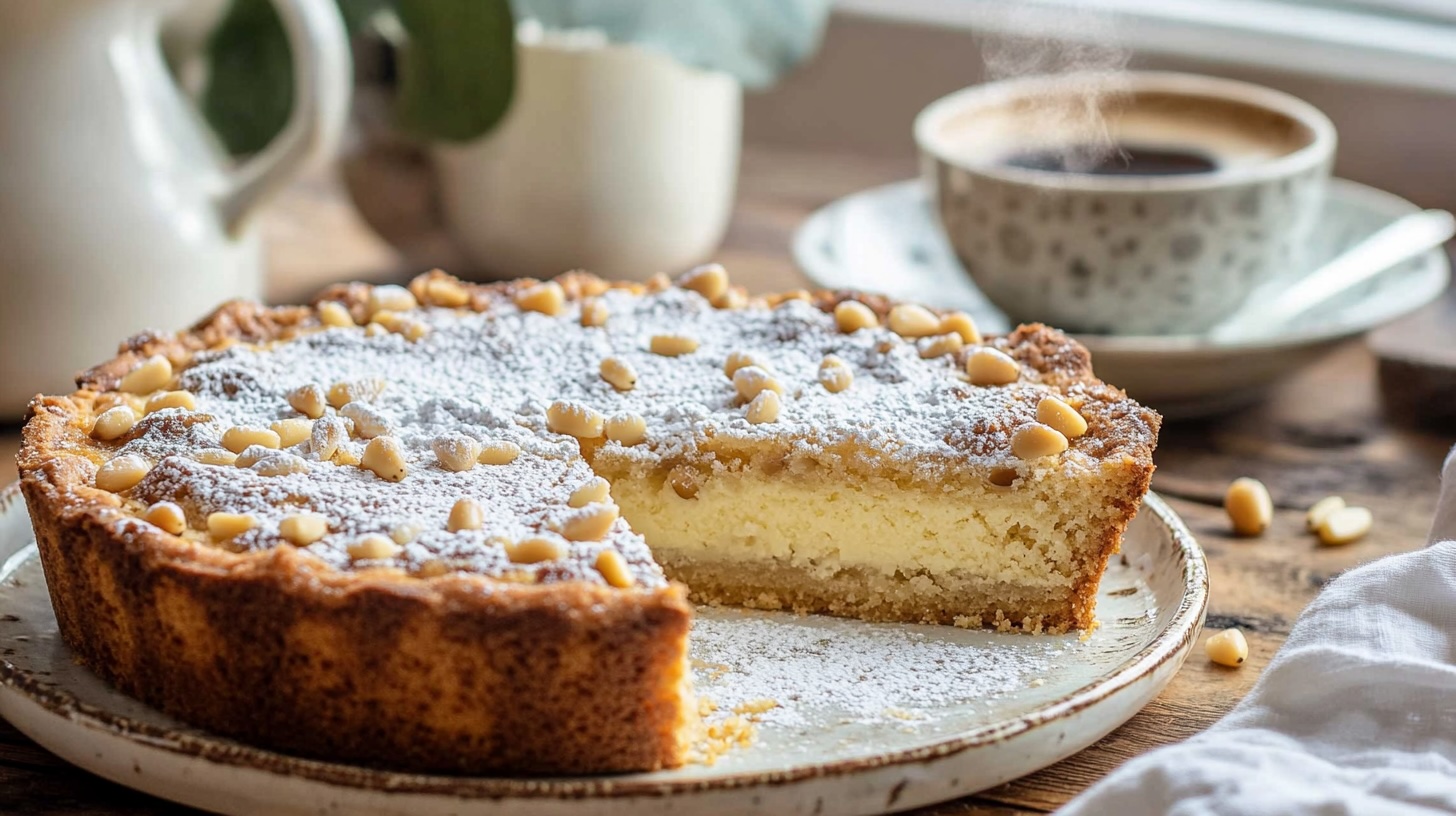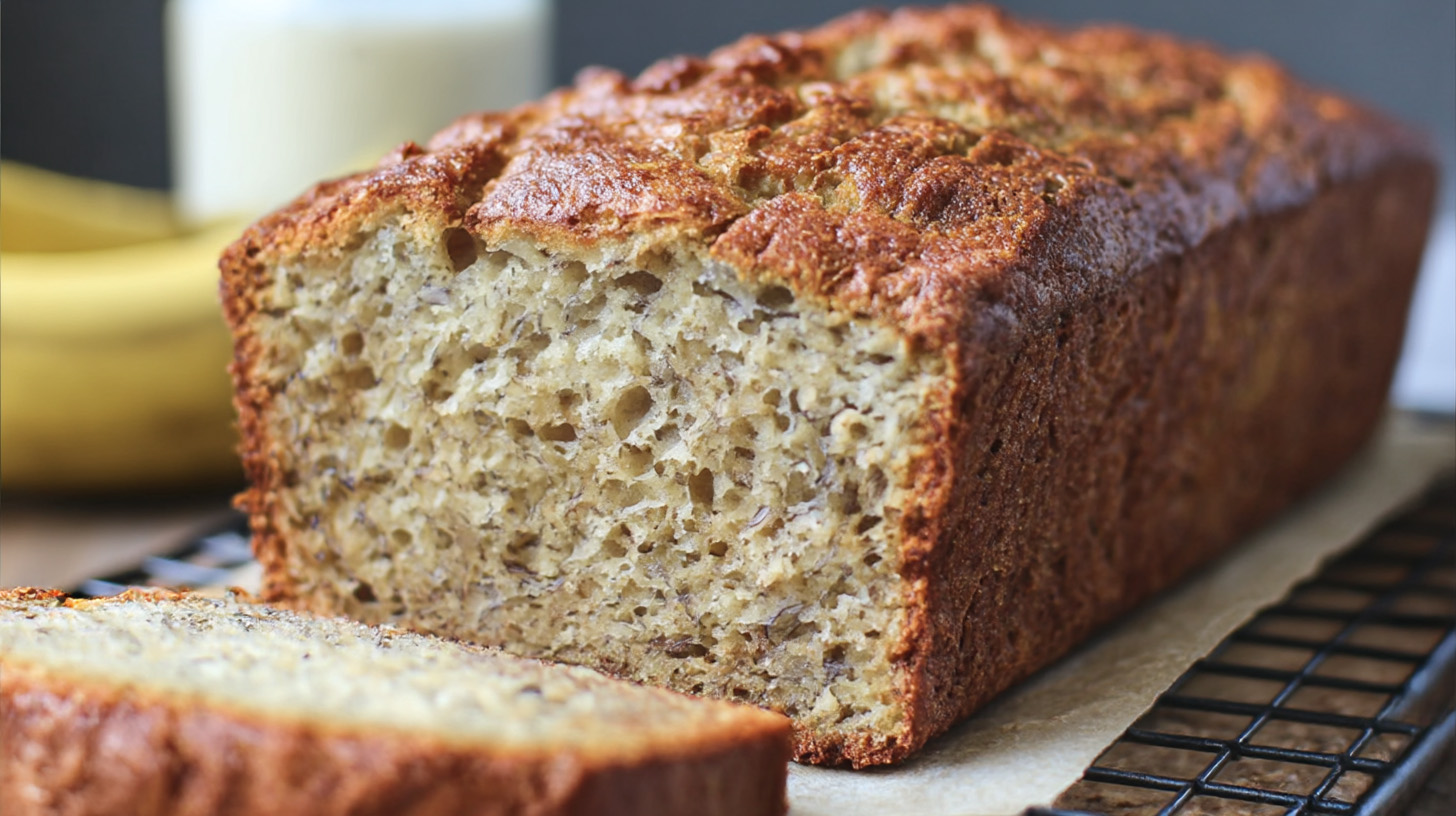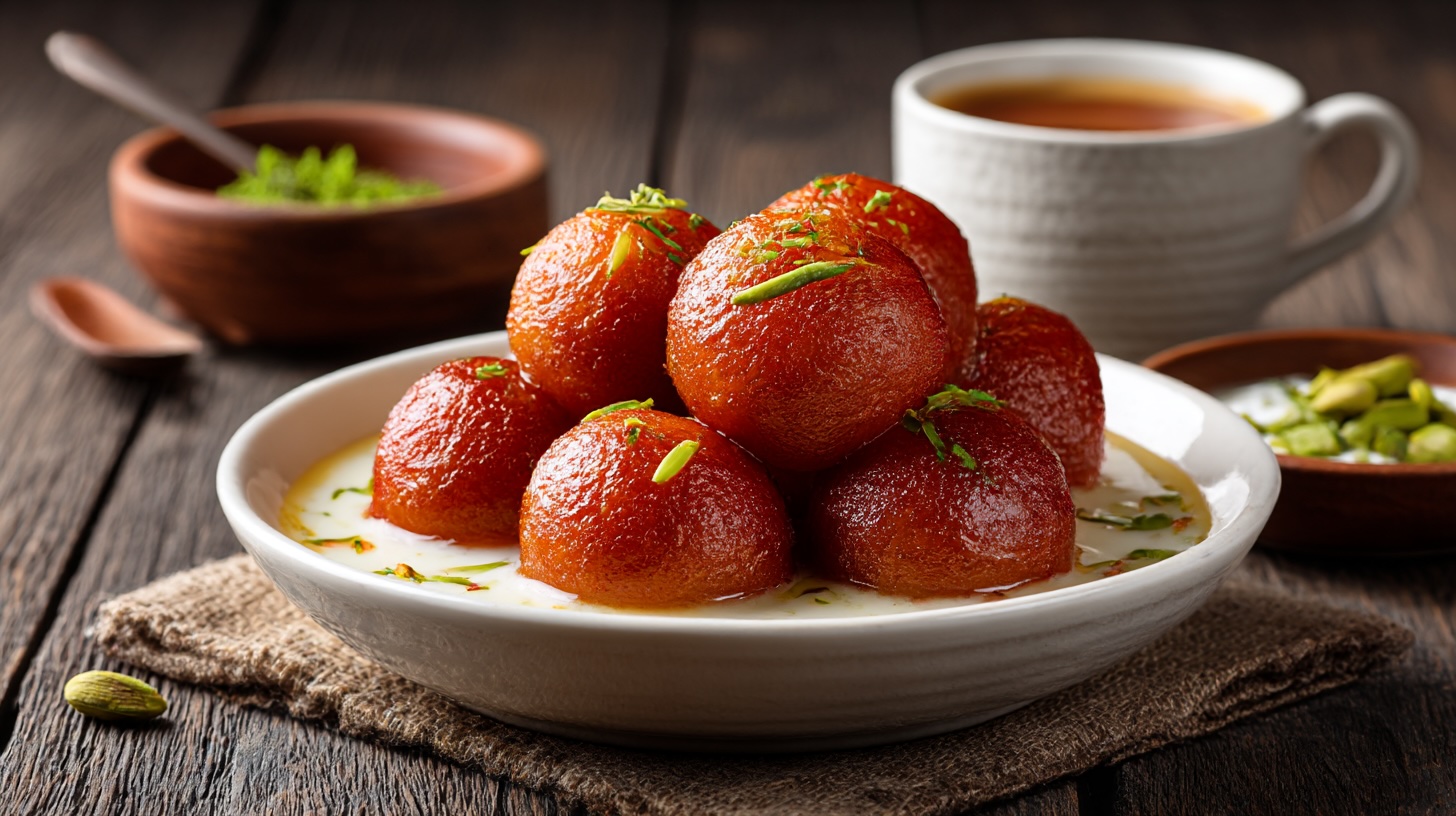Torta della Nonna: The Sweetest Way to Honour Italian Grandmas
When it comes to Italian desserts, nothing beats the homely charm of Torta della Nonna. Literally translated as “Grandma’s Cake,” this Tuscan treasure has earned a special place in both hearts and stomachs across Italy and beyond. It’s one of those things you didn’t know you needed in your life until you’ve had it. And once you have, well, good luck saying no to a second slice. Its unassuming simplicity is what makes it shine—a delightful blend of buttery pastry, creamy custard, and the nutty crunch of pine nuts.
Torta della Nonna: A Sweet Slice of History
Torta della Nonna comes with a tale as heartwarming as the dessert itself. It’s said to have originated in Tuscany, possibly Florence, during the early 20th century. Legend has it that this dessert wasn’t actually made by grandmothers but rather by a savvy chef aiming to create a “homey” sweet that captured the essence of Italian family traditions. Who exactly this genius was remains a mystery, but we owe them our eternal gratitude.
The cake is essentially a shortcrust pastry shell filled with a luscious custard cream and topped with pine nuts and powdered sugar. Simple? Yes. Perfect? Absolutely. It’s the kind of dessert that feels like a warm hug—familiar, comforting, and utterly irresistible. And while its origins are firmly rooted in Tuscany, its fame has spread far beyond, making it a beloved treat across the globe.
Regional Twists and Turns
As with all great Italian recipes, there are regional variations that add a touch of local flavour. In Liguria, you might find the addition of a splash of limoncello or lemon zest for a citrusy zing. Head south to Naples, and it’s not unheard of to see a chocolate-infused custard making its way into the mix. Sicily might bring almonds to the party, just because why not? Each region takes the basic concept and gives it a little local love. In Veneto, for instance, a hint of grappa might sneak into the recipe, giving it an extra layer of warmth and character.
Every family and bakery has their unique take on Torta della Nonna, and that’s part of its charm. It’s a dessert that encourages experimentation while staying true to its roots. Whether it’s the addition of orange zest or a sprinkling of cinnamon, these variations ensure that no two slices are ever exactly the same.
What to Sip Alongside
Pairing Torta della Nonna with the right drink is an art form. A classic espresso is always a winner, but if you’re feeling fancy, a Vin Santo from Tuscany is an excellent choice. Its honeyed sweetness complements the custard beautifully. For something a little lighter, a sparkling Moscato d’Asti will do the trick, adding a refreshing contrast to the creamy filling.
If you’re a fan of tea, a delicate chamomile or a fragrant Earl Grey pairs beautifully with the nutty notes of the pine nuts. And for those who prefer something a bit stronger, an Amaretto or Limoncello on the side provides a delightful kick that enhances the overall experience.
Torta della Nonna: Perfect Plate Partners
While Torta della Nonna can easily hold its own as a standalone dessert, it’s even better when paired with some complementary dishes. A light antipasto of prosciutto and melon or a simple Caprese salad will set the stage nicely. If you’re serving it as part of a bigger meal, finish off with a little scoop of gelato on the side. Pistachio or vanilla work wonders here.
For a full dessert spread, consider serving it alongside cantucci biscuits and a selection of fresh fruits like figs and grapes. The combination of textures and flavours creates a feast for the senses, making the Torta della Nonna the star of any table.
Why Pine Nuts are Non-Negotiable
The pine nuts on top aren’t just a garnish; they’re essential. These little gems add a nutty crunch that contrasts beautifully with the silky custard and buttery crust. They’re also a nod to the Mediterranean roots of the dish, as pine nuts have been a staple ingredient in Italian cooking for centuries. Don’t skip them—your Torta della Nonna simply won’t be the same. For the best results, toast the pine nuts lightly before scattering them over the top. This simple step brings out their natural sweetness and adds an extra layer of depth to the dessert.
Custard: The Creamy Heart of the Matter
The custard in a Torta della Nonna is a masterpiece in itself. Made with simple ingredients like milk, eggs, sugar, and a touch of vanilla, it’s rich without being cloying. Some recipes add a hint of lemon zest, which brings a bright, aromatic quality to the filling. The key is getting the texture just right—thick enough to hold its shape, but creamy enough to melt in your mouth.
There’s a certain magic to homemade custard that’s hard to replicate with store-bought versions. It’s a labour of love, requiring patience and attention, but the results are more than worth it. The smooth, velvety filling is what makes Torta della Nonna truly unforgettable.
A Dash of Sweet Sass: Serving Suggestions
Presentation matters, especially if you’re trying to impress. Dust your Torta della Nonna generously with powdered sugar for that snow-dusted effect. Serve slices with a few fresh berries on the side for a pop of colour. Want to go all out? Add a drizzle of honey over the top just before serving. It’s indulgent but hey, you deserve it.
For a rustic touch, serve it on a wooden platter with a sprig of rosemary or lavender for decoration. And if you’re feeling playful, a dollop of whipped cream or a scoop of gelato never goes amiss. The goal is to make each slice look as irresistible as it tastes.
Torta della Nonna: The Recipe to Win Hearts (and Stomachs)
Ingredients:
For the pastry:
- 250g plain flour
- 125g unsalted butter, cold and cubed
- 100g sugar
- 1 egg
- Zest of 1 lemon
For the custard:
- 500ml milk
- 4 egg yolks
- 100g sugar
- 50g plain flour
- 1 tsp vanilla extract
- Zest of 1 lemon
For topping:
- 50g pine nuts
- Icing sugar, for dusting
Method:
Prepare the pastry by rubbing the butter into the flour until it resembles breadcrumbs. Stir in the sugar and lemon zest, then add the egg. Bring the dough together, wrap in cling film, and let it chill for an hour.
While the dough rests, make the custard. Heat the milk with the lemon zest until just before boiling. In another bowl, whisk the egg yolks and sugar until pale, then mix in the flour. Gradually pour the hot milk into the egg mixture, whisking constantly. Return the mixture to the pan and cook over low heat until thickened. Stir in the vanilla and let it cool completely.
Roll out the pastry and line a greased tart tin. Pour in the cooled custard and smooth the surface. Roll out the remaining pastry and place it over the top, sealing the edges. Scatter the pine nuts on top.
Bake at 180°C (160°C fan) for 40-45 minutes, until golden. Allow to cool, then dust generously with icing sugar.
Serve with your favourite espresso, a glass of Vin Santo, or just on its own while you sit back and enjoy the compliments. Buon appetito!




Post Comment